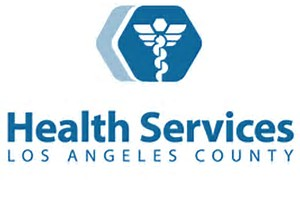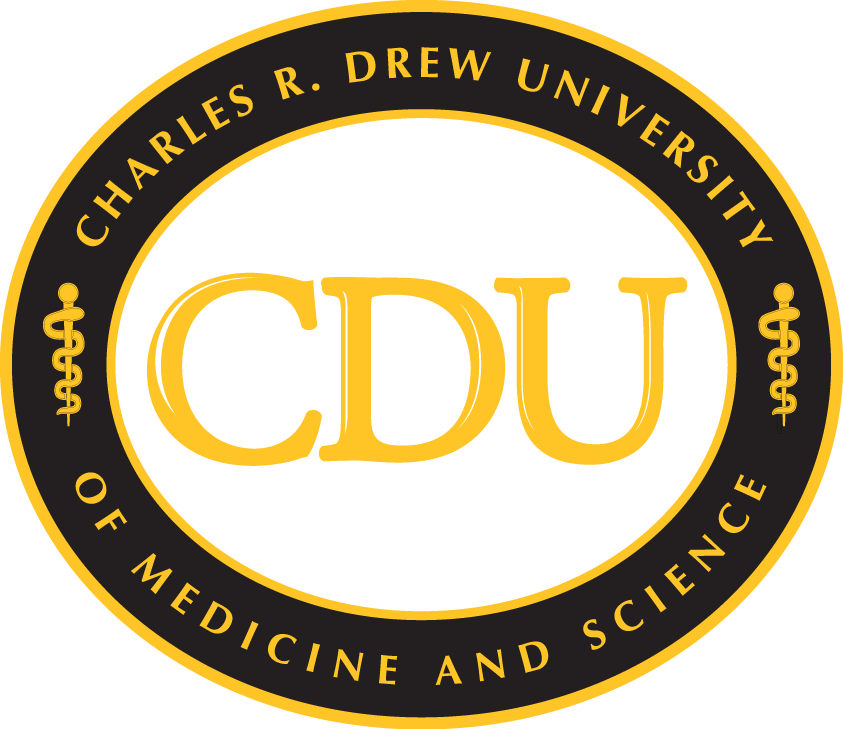
Charles R. Drew University of Medicine and Science is a private, non-profit, Historically Black Graduate Institution and a Hispanic-Serving Health Professions School located in the Willowbrook area of Los Angeles, CA. Named in honor of Dr. Charles R. Drew, a blood banking pioneer, it was founded in 1966 in response to inadequate medical facilities within the Watts region of Los Angeles. The University’s mission is to cultivate diverse health professional leaders who are dedicated to social justice and health equity for underserved populations through outstanding education, research, clinical service, and community engagement. The University’s vision is excellent health and wellness for all in a world without health disparities.

The Los Angeles County Department of Health Services (LAC DHS) serves more than 800,000 underinsured and uninsured patients each year, and is the largest publicly operated county safety net health care system in the United States. It successfully implemented a large-scale digital Teleretinal Diabetic Retinopathy Screening (TDRS) program resulting in: (1) the elimination of the need for more than 14,000 visits to specialty care professionals, (2) a 16.3% increase in annual rates of screening for DR, and (3) an 89.2% reduction in wait times for screening. Thus, TDRS programs have the potential to maximize access and efficiency in the safety net, where the need for such programs is most critical.

The Medical Imaging Informatics group at the University of California, Los Angeles (UCLA) is an interdisciplinary team, housed of the Department of Radiological Sciences at UCLA. The realization of evidence-based and individually-tailored medicine are central to MII’s goals. State-of-the-art methods from across a spectrum of disciplines – the life and health sciences; computer and data sciences; engineering; mathematics; and cognitive and behavioral sciences – are all combined and leveraged to realize a future of improved healthcare and our evolving understanding of the human condition.

